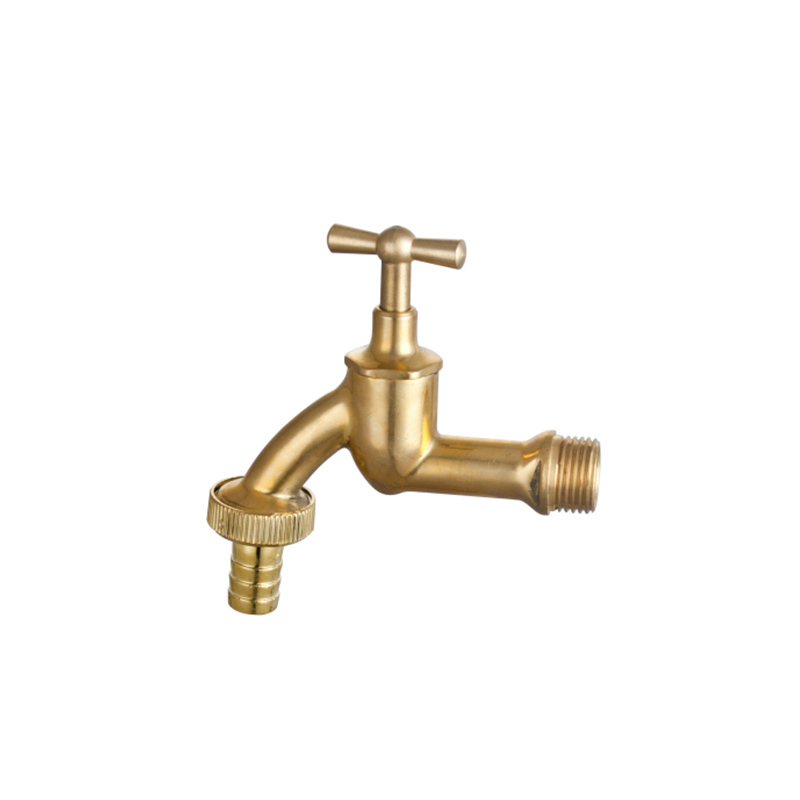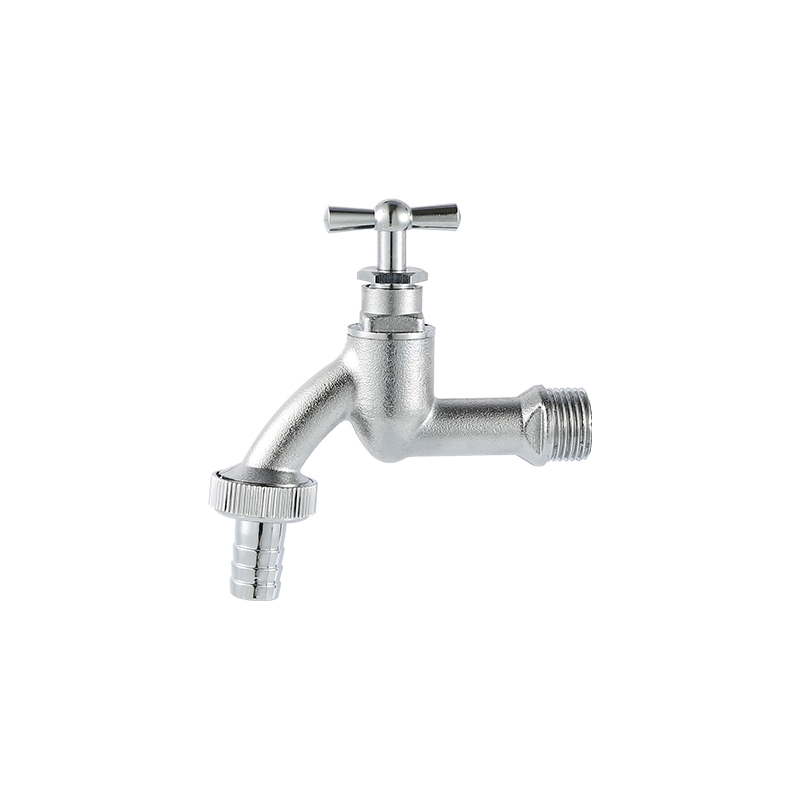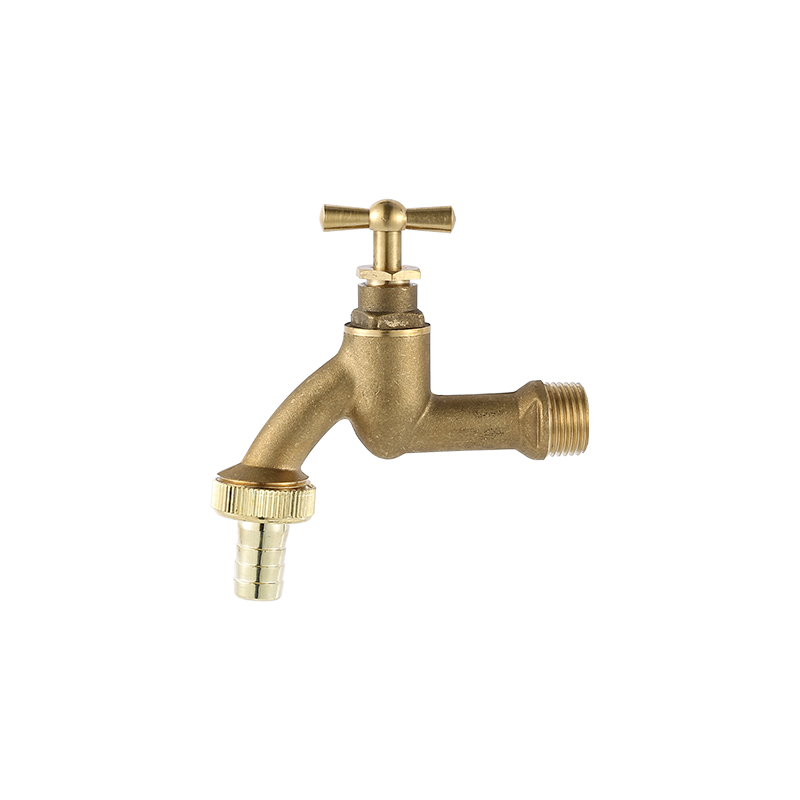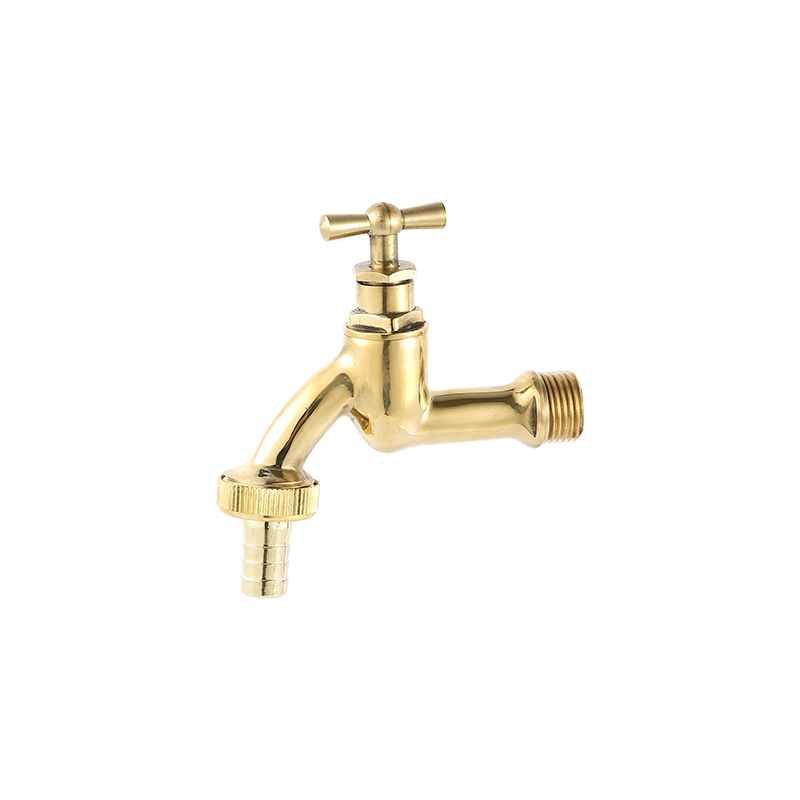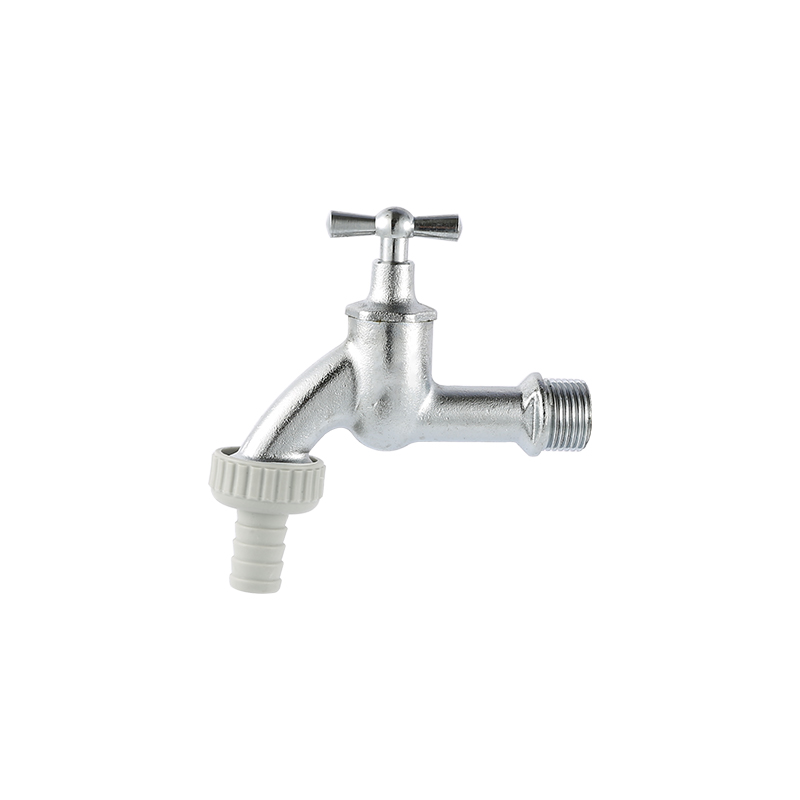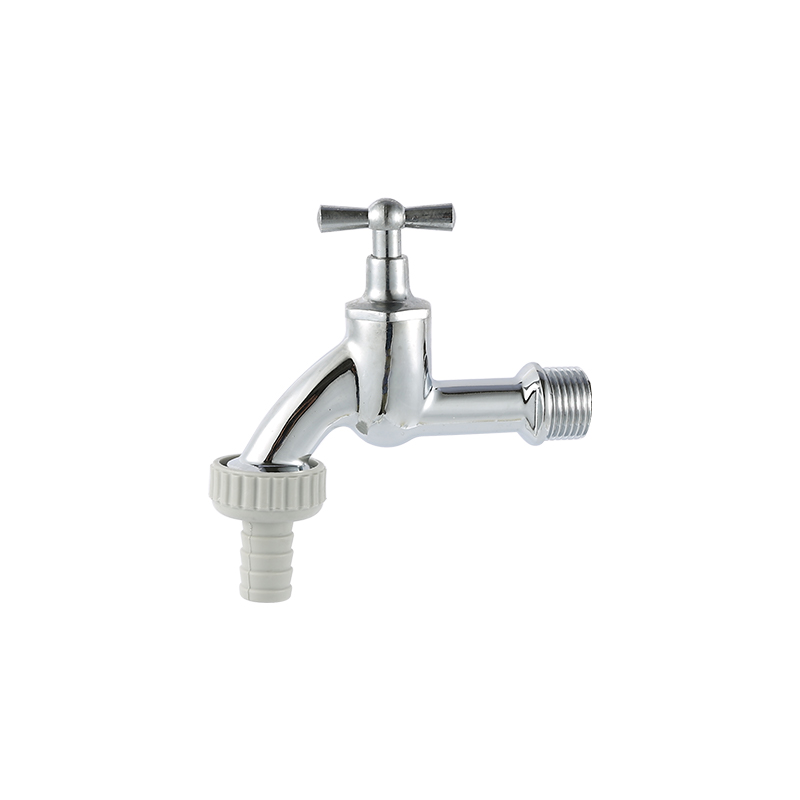The valve is an external control part of the pipe fluid conveying system. It is used to change the indicator of the open section and the medium flow target. It has the functions of no diversion, interception, adjustment, throttling, running back, diversion or overflow pressure relief. Valves used for fluid control, from the simplest shut-off valve to the various valves used in the extremely complex automatic control system, have various types and specifications. industrial pipe valve. The valve can be used to control the flow of various types of fluids such as water, steam, oil, gas, mud, various corrosive media, liquid metals and radioactive fluids. From the ultra-low temperature of ℃ to the high temperature of ℃. The control of the valve can adopt a variety of transmission methods, such as manual, electric, hydraulic, pneumatic, worm gear, electromagnetic, electromagnetic, hydraulic, electric, hydraulic, pneumatic, hydraulic, reverse gear, bevel gear drive, etc.; Under the action of pressure, temperature or other situational sensing signals, the valve acts according to the predetermined requirements, or simply or closes without relying on the sensing signal. The valve makes the opening and closing parts rise and fall, slip, Rotate the pendulum or reverse the movement, so as to change the size of the flow channel area to achieve its control effect.
The four main technical parameters of the valve, valve technology, valve technology sealing performance The sealing performance of the valve refers to the power of the medium leakage of each sealing part of the valve, which is the most important technical performance goal of the valve. There are no three sealing parts of the valve: the contact between the opening and closing parts and the two sealing surfaces of the valve seat; the packing is the combination of the valve stem and the stuffing box; the connection between the valve body and the bonnet. The leakage in the first place outside is called internal leakage, which is commonly referred to as lax closure, which will affect the power of FLOWER HANDLE, MACHINE POLISH AND OUT CHROME, 1/2"X10MM WITH SEALING RING ANGLE VALVES the valve to cut off the medium. For shut-off valves, internal leakage is inappropriate. The leakage in the latter two places is called external leakage, that is, the medium leaks from the inside of the valve to the outside of the valve. Leakage will cause material loss, pollution and, in severe cases, accidents. For non-flammable, non-explosive, non-toxic or non-radioactive media, leakage is impossible, so the valve must have excellent sealing performance.
Flow performance After the medium flows through the valve, the pressure will be lost (the pressure difference before and after the valve), that is, the valve has no certain resistance to the flow of the medium, and the medium will consume a certain amount of energy to overcome the resistance of the valve. Considering the energy saving, when designing and manufacturing the valve, the resistance of the valve to the flow medium should be reduced as much as possible.
Opening and closing force and opening and closing torque refer to the force or torque necessary for valve or closing. When closing the valve, it is necessary to form a certain sealing pressure between the opening and closing parts and the two sealing surfaces of the hair seat, and at the same time, it is necessary to overcome the gap between the valve stem and the packing, between the valve stem and the thread of the nut, and the end of the valve stem. and other parts of the friction, therefore, a certain closing force and closing torque are required. During the opening and closing process of the valve, the necessary opening and closing force and opening and closing torque are changing, and the maximum value is the last moment of closing or the opening and closing torque. the initial moment. When designing and manufacturing valves, try to reduce their closing force and closing moment.


 English
English 中文简体
中文简体
